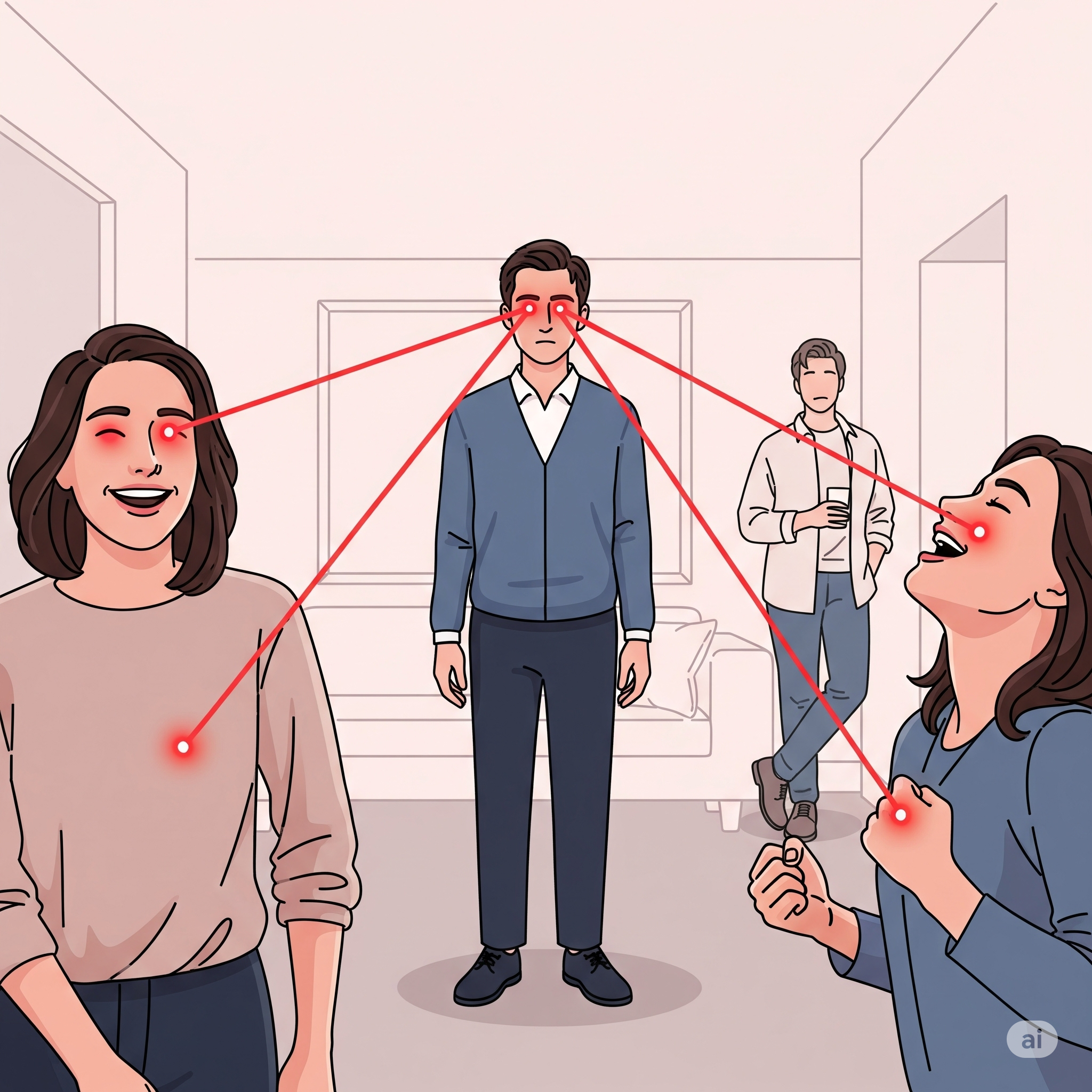Red Flags
Game Design Breakdown
‘Red Flags’ is a psychological thriller disguised as a life simulator, and it taps into a very real-world fear: making the wrong choices and ending up in a bad situation.
Concept: Live a life and make investments in different areas: social group/community, work, a romantic relationship, and family. The core gameplay revolves around observing behaviors and actions to spot "red flags" and prevent a disastrous outcome.
Gameplay Mechanics:
Observation: The player must pay close attention to the behaviors and actions of the people in their life.
Red Flags: These can range from blatant to very obscure, and they indicate a toxic or unhealthy dynamic in a relationship. The "blatant" red flags are for the easy-to-spot toxic behaviors, while the "very obscure" ones are for the truly subtle, manipulative, and dangerous relationships. The player's skill progression is their ability to discern these flags.
Multiple characters can put off red flags in one game session. Each having their own negative impact if not detected.
Investment: The player's time and energy are a form of investment in these relationships. Deciding to separate from a person or group is a way of divesting from a poor investment. You're not just making choices; you're dedicating your time, energy, and emotions to these relationships, making the stakes feel incredibly high when you have to cut them off. The most invested in relationship determines the games ending.
Outcomes:
Good Discernment Ending: Successfully identifying and leaving a toxic relationship leads to a happy ending, where you separate from a disastrous situation. The player hears about the disastrous situation from a safe and successful place.
Bad Discernment Ending: Incorrectly identifying and leaving a healthy relationship results could result in a sad, lonely ending. Additionally the player could end up staying close to someone who intends to harm them or sabotage them and their path ends in disaster.
Replayability:
Each playthrough is different, with new characters and scenarios.
A long list of red flags that the game selects from at random allows the player to restart the game with a new situation to encounter.
The obscurity of the red flags changes with each game, providing a fresh challenge every time.
